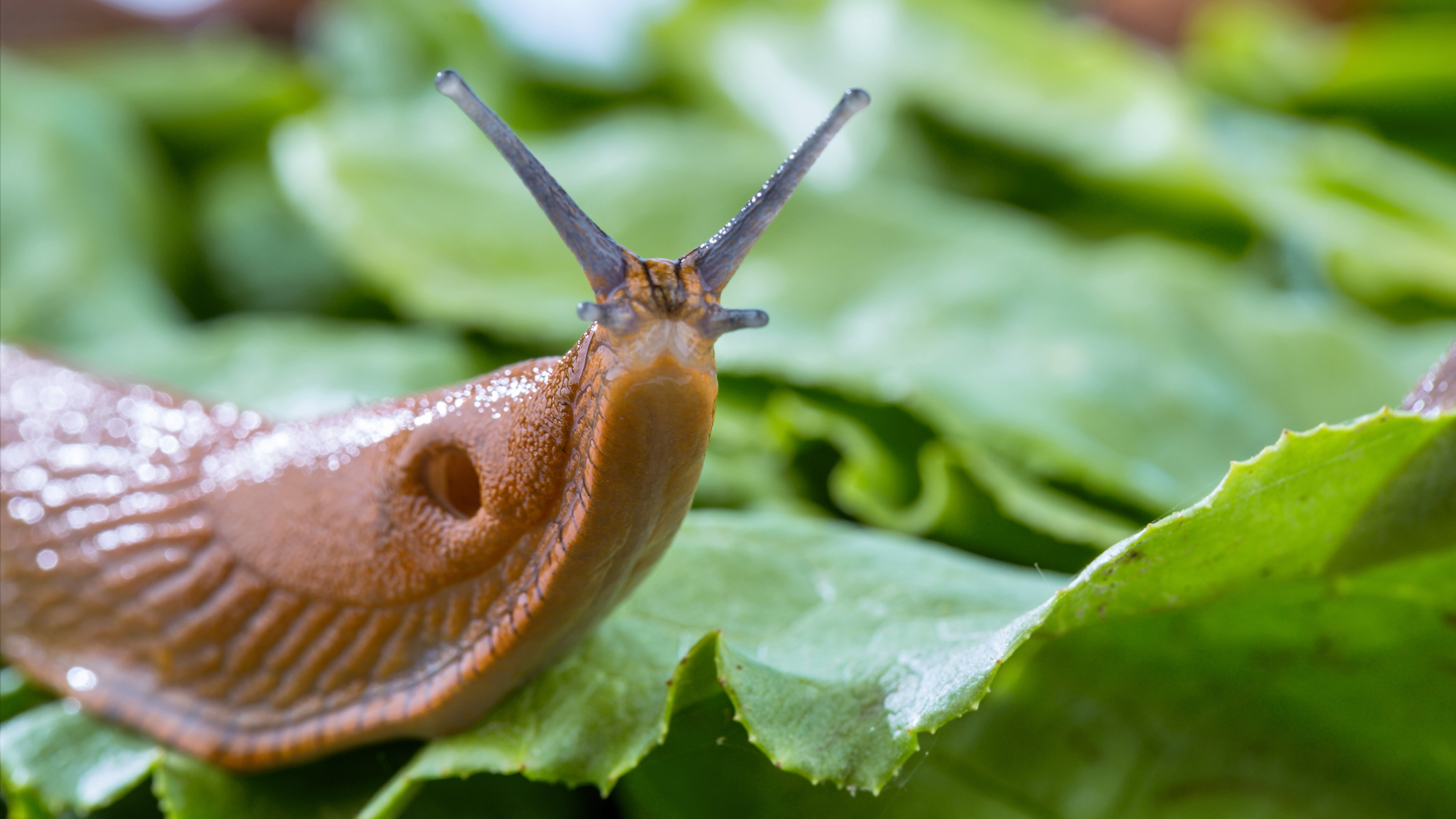

The bright, noisy, and concrete dominated parts of urban spaces tend to repel many animal species. However, some animals–including Los Angeles’ slugs and snails–might actually prefer living in these environments. They are potentially thriving in the year-round watering of lawns. The slimy findings are detailed in a study published May 29 in the open-access journal PLOS ONE.
“Many snails require moist conditions to survive,” study co-author and University of California, Los Angeles PhD candidate Joseph “Joey” Curti tells Popular Science. “And urban areas like Los Angeles can make these more prevalent than they might be otherwise. “
In 2019, former mayor Eric Garcetti signed off on an ambitious city initiative called the LA Green New Deal. It outlines several targets to make the city more sustainable, including a goal of ‘no-net loss’ of biodiversity by 2050. To measure this goal and to work towards it, the city created a custom biodiversity index. The city assessed that custom index for the first time in 2022.
“The motivation for this paper was to help in this 2022 assessment, and specifically to calculate one of the 25 metrics within the index that measures what native species are in urban areas of the city,” says Curti.
[Related: Why artificial light—and evolution—trap moths.]
To look closer, Curti and the team used data from iNaturalist. This large database of species observations uses observations from both scientists and citizen scientists to help in biological studies. The team used the data to investigate how certain animal species tolerated urban environments.
They calculated an urban tolerance score for 512 terrestrial animal species that are native to southern California. The species were divided into mammals, reptiles and amphibians, birds, butterflies and moths, spiders, bees and wasps, and slugs and snails, among others. The team assessed the occurrence of urban-tolerant and intolerant species across a grid of squares covering Los Angeles. This data was then combined with another dataset on the level of urbanization–such as light and noise pollution–in different parts of the grid across the city.
The team found that while native species mostly preferred the less urbanized parts of the city, snails and slugs were the exception. The five mollusk species that were included in this study were much more common in the urban areas.
“When we look at the reduced dataset for snails and slugs, most of the observations of native snails and slugs come from downtown, east Los Angeles, mid-city, and near the port of Los Angeles,” says Curti.
By comparison, butterflies and moths were the least urban-tolerant groups. Mammals, reptiles, and amphibians were also relatively intolerant of urban environments. Lady beetles, spiders and birds had less strong preferences, but did prefer the less urbanized spots overall.
“I was surprised to see that on average most taxonomic groups were negatively associated with urbanization,” says Curti. “To see this negative association to urbanization conserved across very taxonomically diverse groups really demonstrated to me the magnitude of the impact we have on native species within the city.”
[Related: Culver City is home to a unique cat versus coyote conflict.]
The team was also surprised that although most highly urbanized places in Los Angeles had native species communities primarily represented by urban tolerant species, there are pockets native species that are more urban intolerant on average.
“This means that the wildland-associated urban intolerant species are still thriving in some parts of the city and that they could become more abundant in the city if we made efforts to help them,” says Curti.
The study could help city planners increase urban biodiversity efforts by identifying target locations for conservation initiatives to support endangered species. Some of these efforts could include adding more native plants, reducing artificial light, and removing non-native species such as house cats from the area.
According to Curti, the testing methods used in this paper are designed to be assessed by the city every three years. This way, city officials and scientists can track how any improvements such as habitat restoration are working to attract otherwise urban intolerant species.
